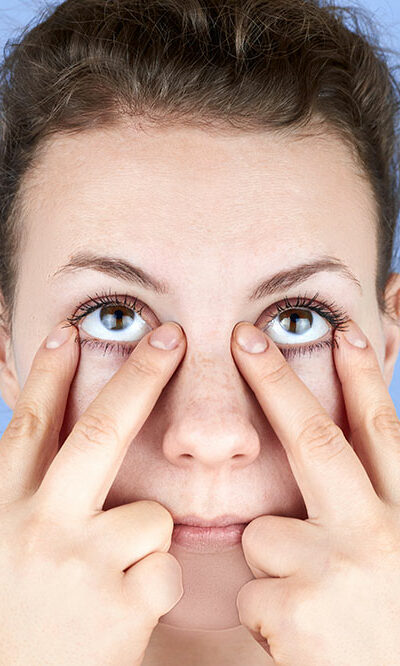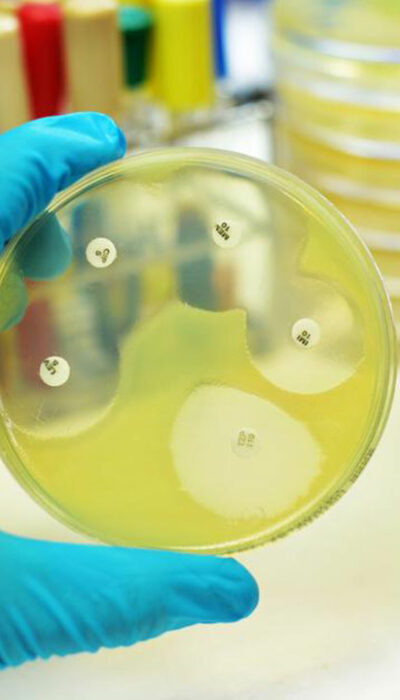
6 prescription medicines used for treating migraines
6 prescription medicines used for treating migraines A migraine is a form of severely painful, recurring headaches that are typically accompanied by a range of sensory symptoms such as temporary vision loss, pins and needles in the arms or legs, difficulty speaking, hearing noises, seeing bright lights, and uncontrollable jerking or other movements. Depending on the severity, this condition can last for hours or even days. According to the American Migraine Foundation, over 36 million people are suffering from this condition. In addition, women are 3 times more likely to get migraines than men. While its exact cause still remains unknown, episodes can be triggered by hormonal fluctuations, emotional distress, fatigue, alcohol, caffeine, dehydration, certain types of medications, and environmental factors. Treatment The following medications are commonly used to treat migraine symptoms. Some of these help mitigate the existing headache, while some prevent the onset of a migraine, reducing the frequency of attacks. Ergomar® Ergomar® belongs to a group of compounds known as ergot alkaloids. These are specially designed for migraine-type headaches, so they shouldn’t be taken to treat common tension headaches or other headaches different from migraine. This medication alleviates migraine headaches by narrowing the widened blood vessels in the head. Ergomar® works best on headaches that have already begun. It won’t be able to prevent migraine headaches or lower the frequency of attacks. ONZETRA® Xsail® ONZETRA® is a sumatriptan nasal powder that is dispensed via the Breath Powered® Xsail device. Sumatriptan comes from a class of medicines known as triptans. It affects serotonin levels that narrow blood vessels in the brain and also relieves pain by targeting certain types of nerves. This prescription medication is used for treating episodes of acute migraine with or without the symptoms of aura in adults. It doesn’t intend to prevent migraine attacks or to treat other forms of headaches including cluster headaches.










